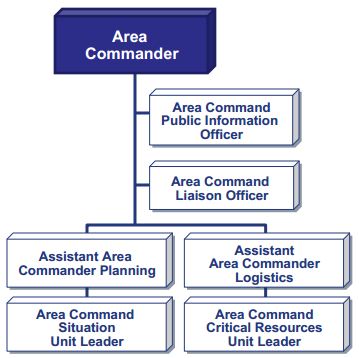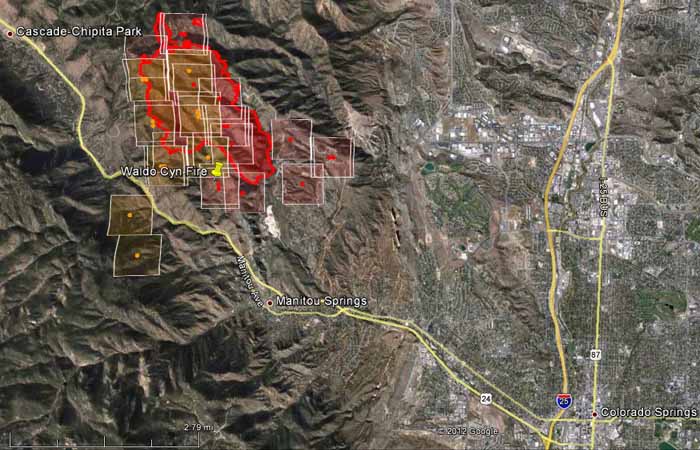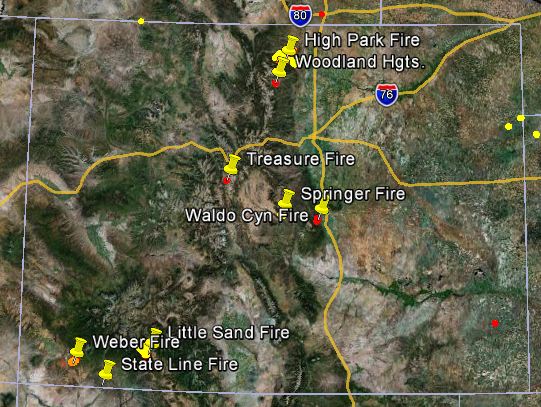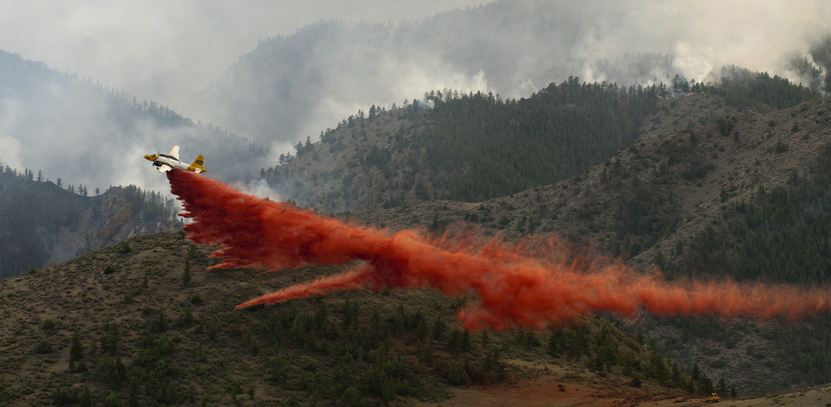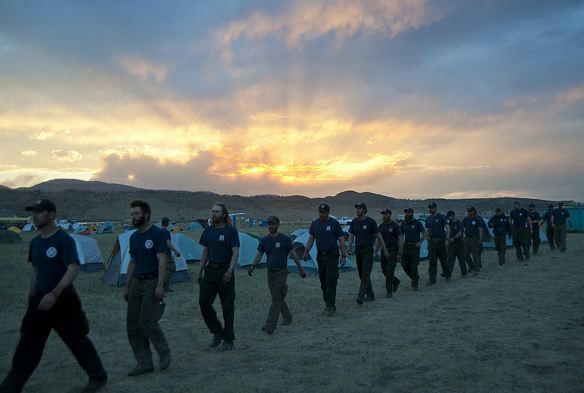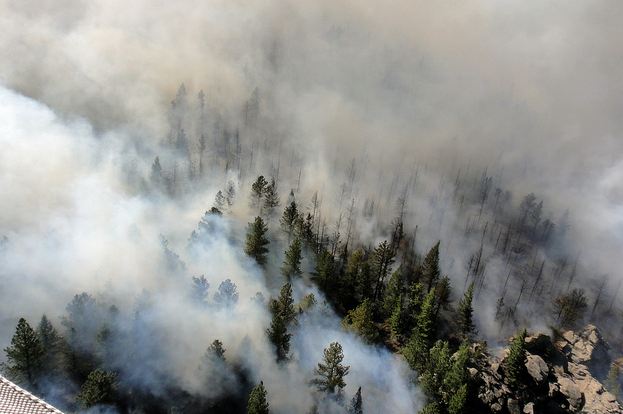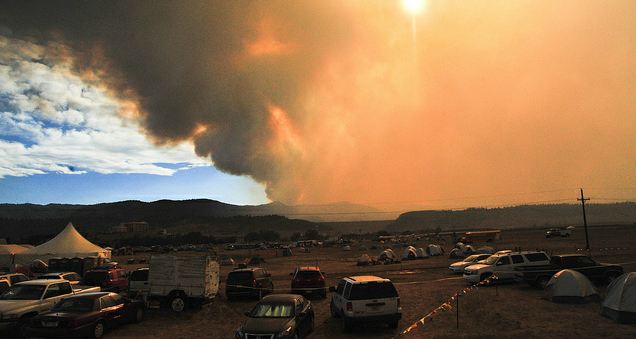An Area Command Team (ACTeam) has been activated to assist in managing the wildfires in Colorado and the Rocky Mountain Geographic Area. There are three ACTeams in the nation, and this one, Team 2, is headed by Bob Anderson, the “Area Commander”. For this assignment they are designated “Front Range Area Command”.
These teams are not used very often, typically one to three times a year, and this is the first time one has been used in 2012.
An ACTeam does not directly manage fires or other types of incidents, but they supervise IMTeams assigned to individual fires, or they can oversee the management of a very large incident that has multiple IMTeams engaged.The ACTeam works for the Agency Administrator where the incident is occurring. They will receive a written delegation of authority and will in turn issue one to each IMTeam they supervise.
The primary functions of an ACTeam include:
- Reduction of the workload for the agency administrator on whose jurisdiction the incident occurs. This can be especially helpful if one agency has multiple large incidents.
- Coordination and priority-setting of limited resources among incidents, including the the demobilization, reassignment, or sharing of resources between incidents.
These teams are much smaller than a Type 1 or Type 2 IMTeam and usually consist of 7 people when first assigned, but can grow to around 15.



